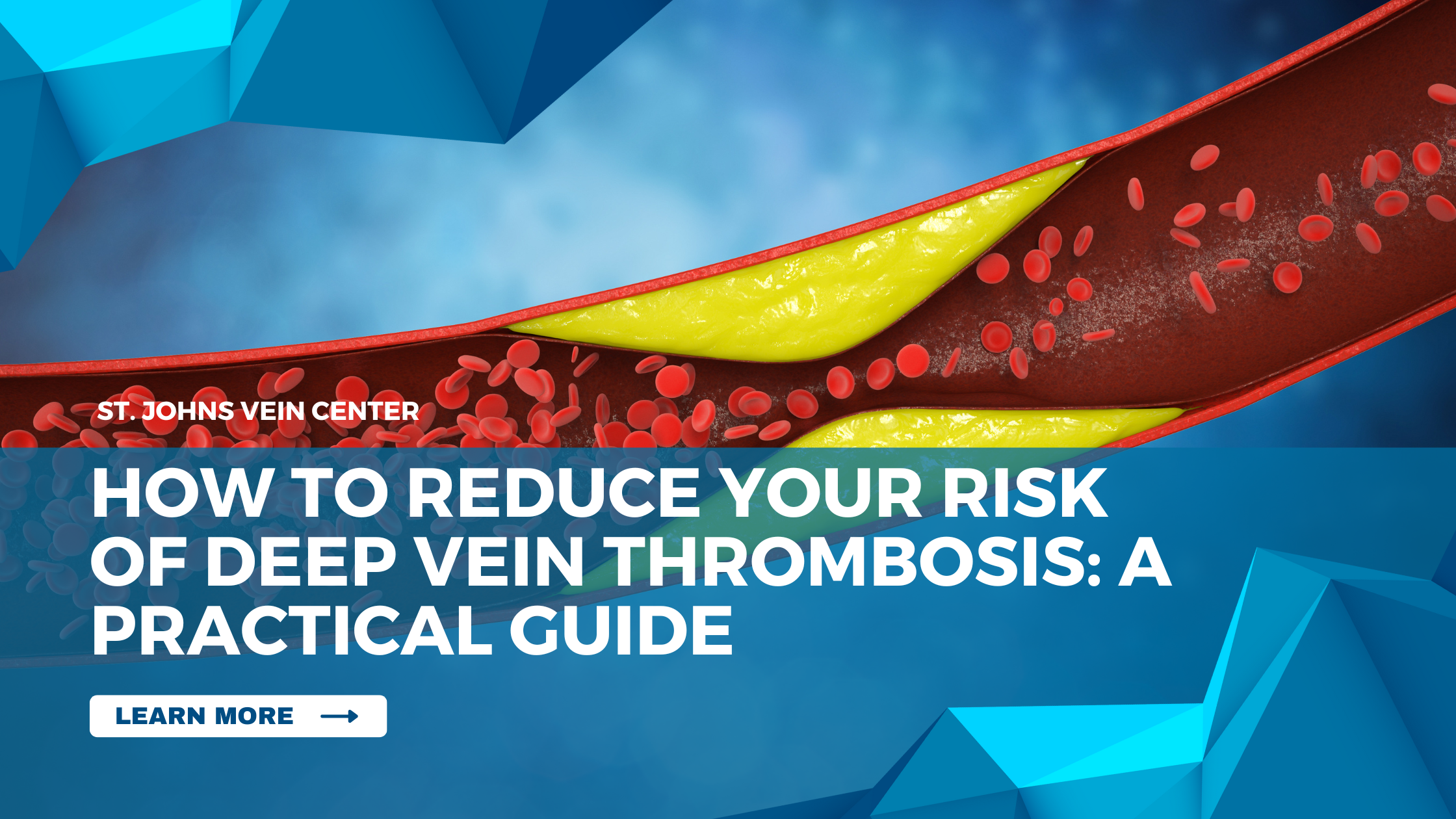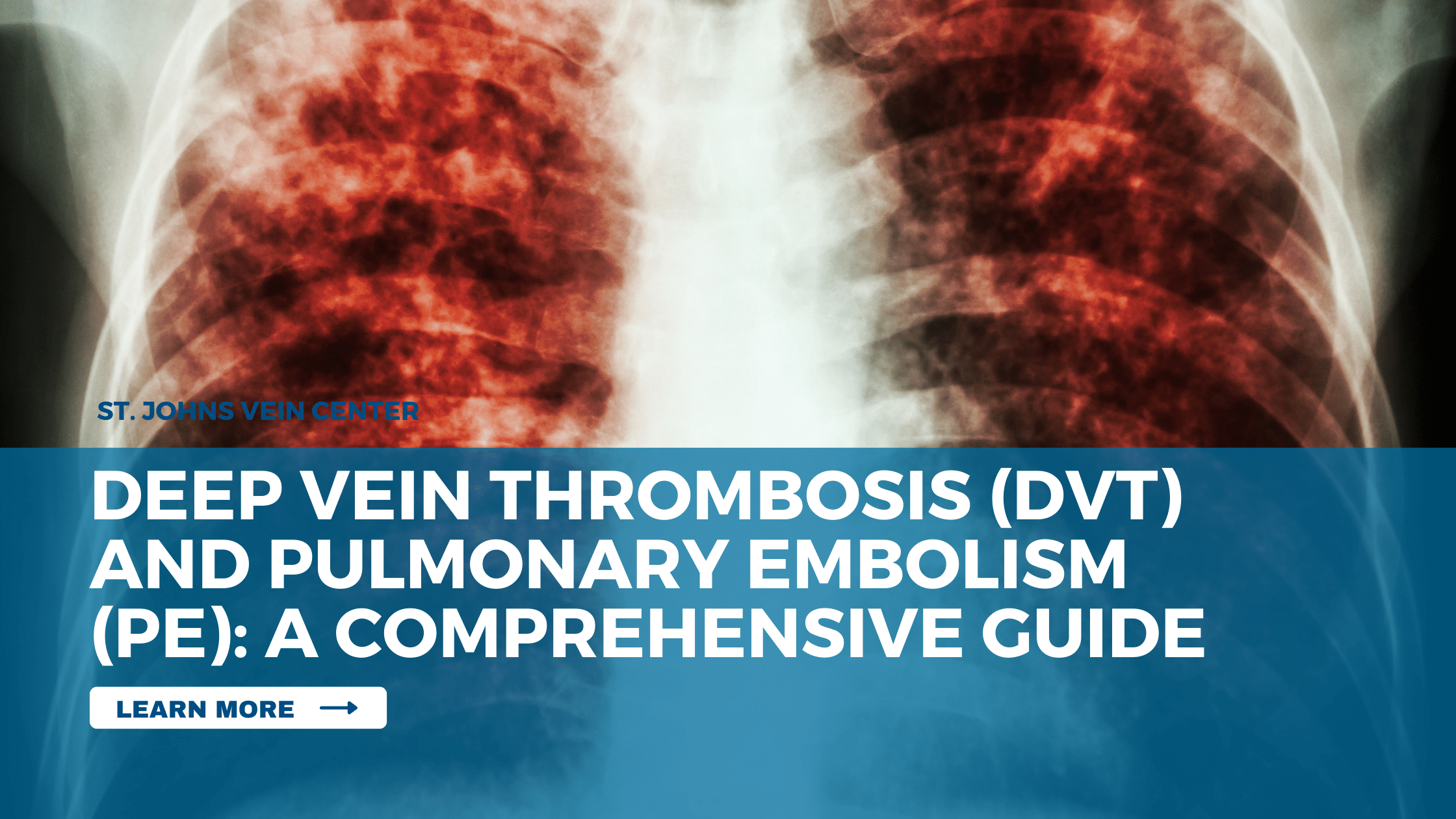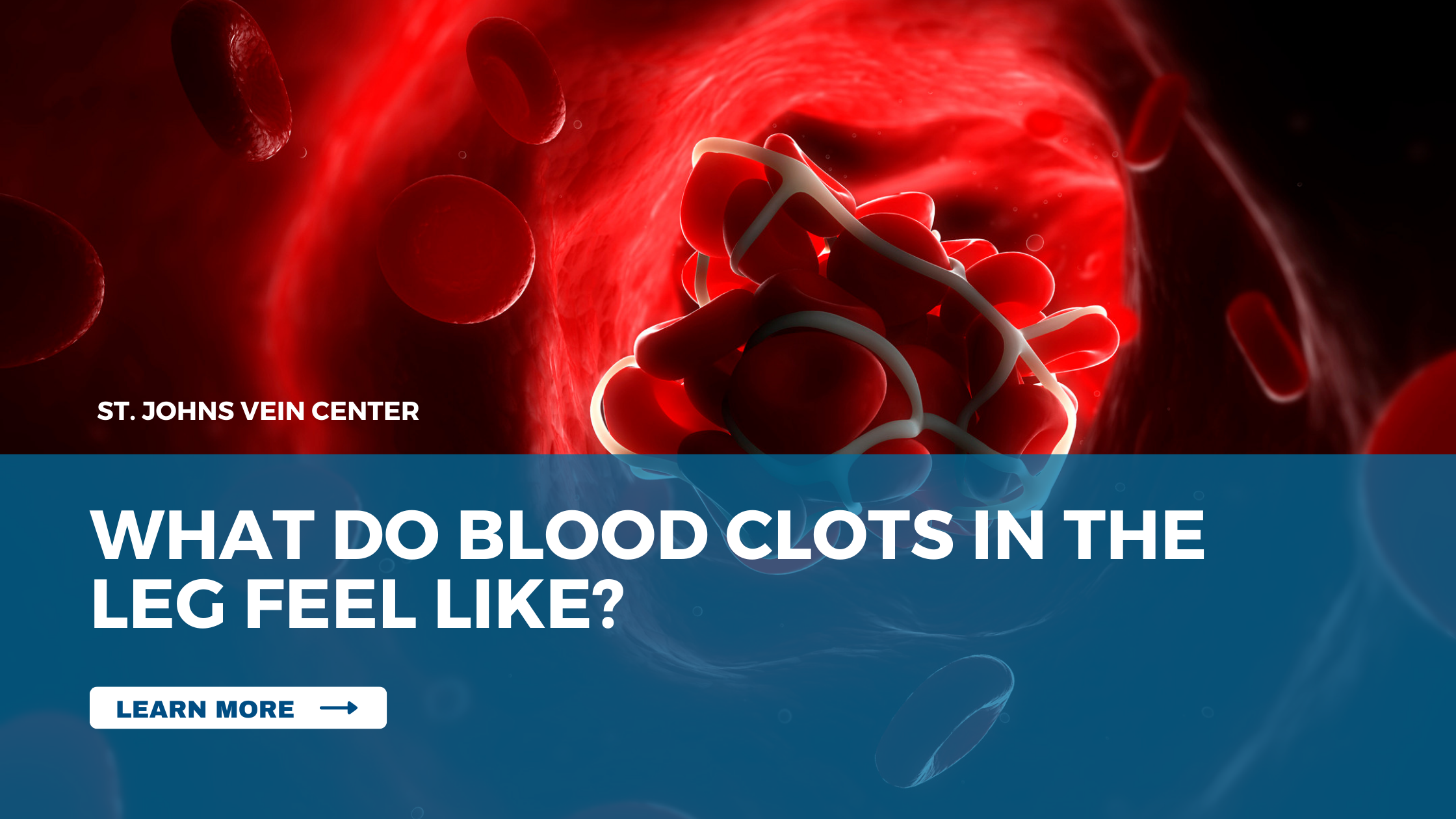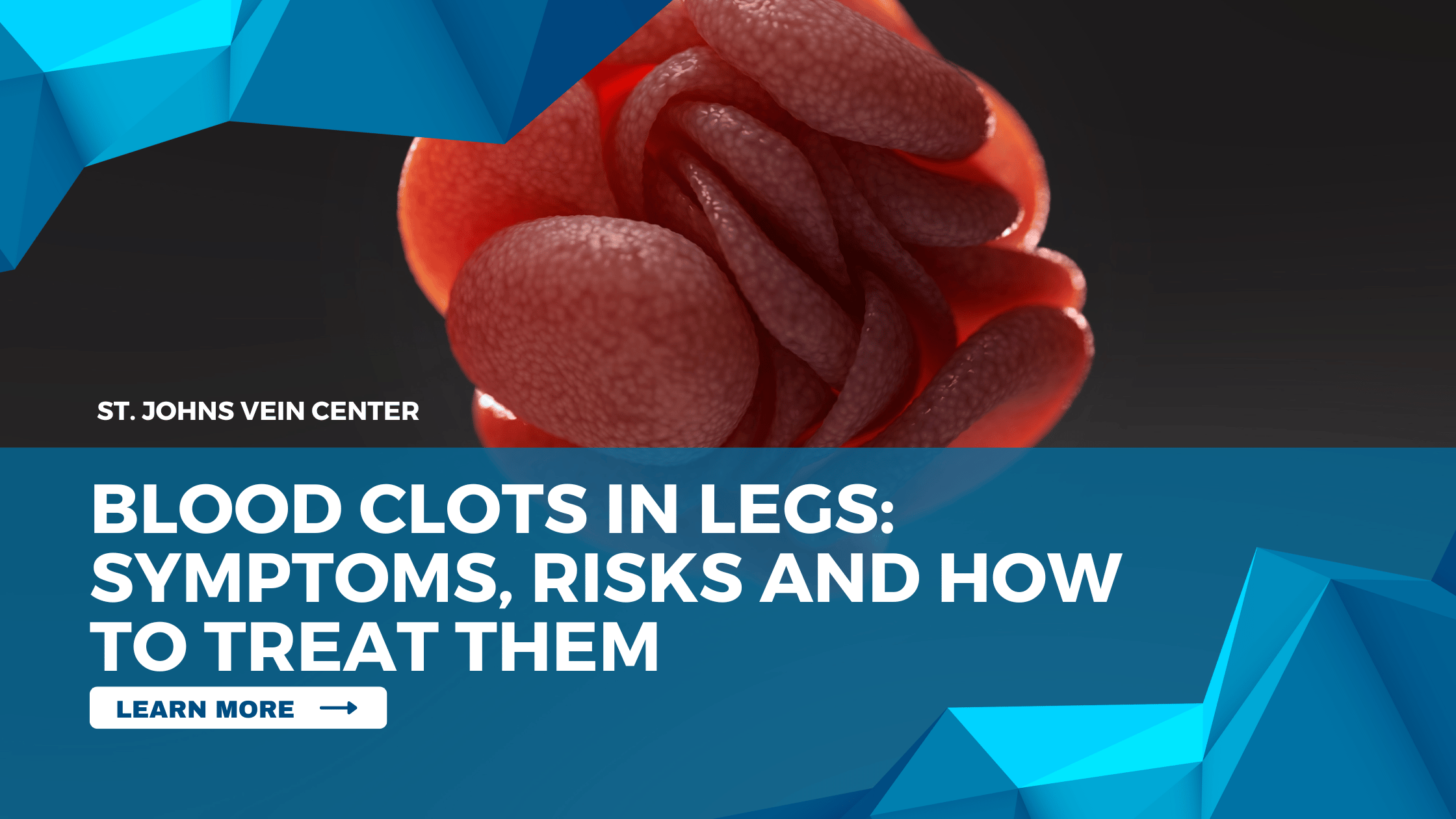Deep vein thrombosis (DVT) is a serious and potentially life-threatening condition that affects many people each year. In this article, we’ll cover the basics of DVT, how to reduce your risk of developing it, and some useful tips for avoiding it. Read on to learn more about how to keep yourself safe from the dangers of deep vein thrombosis!
What is Deep Vein Thrombosis (DVT)?
Deep vein thrombosis (DVT) is a condition that occurs when a blood clot forms in a deep vein, usually in the leg. DVT can be dangerous because it can block blood flow and cause serious health problems.
The symptoms of DVT include swelling, pain, and redness in the affected leg. If you have any of these symptoms, you should see a doctor right away. DVT is treated with blood thinners, which help to break up the clot and prevent it from causing further problems.
There are several things you can do to reduce your risk of developing DVT. First, if you have any risk factors for DVT (such as being overweight or having a family history of the condition), work with your doctor to manage those risks. Second, avoid sitting or standing for long periods of time without moving around. And third, wear loose-fitting clothing and comfortable shoes to help improve blood circulation in your legs.
Causes and Risk Factors for DVT
Deep vein thrombosis (DVT) is a blood clot that forms in a deep vein, usually in the leg. It can cause pain, swelling, and inflammation. If the clot breaks loose, it can travel to the lungs and block an artery (pulmonary embolism). This can be life-threatening.
There are several things that increase your risk of DVT:
• Age: Your risk increases as you get older.
• Obesity: This increases the pressure on your veins and makes it more likely for a clot to form.
• Smoking: This damages the lining of your veins and makes it harder for blood to flow.
• Cancer: This can cause a build-up of abnormal cells that block veins.
• Pregnancy: This increases the amount of blood in your body and puts extra pressure on your veins.
• Hormone Replacement Therapy (HRT): This can increase the risk of blood clots.
You can reduce your risk of DVT by doing the following:
• Exercise regularly: This helps keep your blood flowing smoothly.
How to Reduce the Risk of DVT
Deep vein thrombosis (DVT) is a blood clot that forms in aDeep vein, usually in the leg. A DVT can be serious because it can break loose, travel through the bloodstream, and block blood flow to the lungs, causing a pulmonary embolism (PE).
There are several things you can do to reduce your risk of developing DVT:
- Get up and move around every few hours. If you’re sitting for long periods of time, your risk of DVT increases. Get up and walk around for a few minutes every couple of hours to keep your blood flowing.
- Exercise regularly. Exercise helps to keep your blood flowing and your muscles strong. Strong muscles help pump blood back to your heart more efficiently.
- Drink plenty of fluids. Dehydration can make your blood thicker and more likely to clot. Drink plenty of water and avoid alcohol and caffeine, which can dehydrate you.
- Wear compression stockings. Compression stockings help improve circulation by applying gentle pressure to your legs. They’re especially helpful if you’re sitting for long periods or have varicose veins.
- Don’t smoke. Smoking damages the lining of your blood vessels and makes it harder for your blood to circulate properly
Dietary Changes to Lower Your Risk of DVT
There are a number of dietary changes you can make to lower your risk of developing deep vein thrombosis (DVT). Here are some practical tips:
- Increase your intake of fibre. Fibre helps to keep your blood vessels healthy and prevents the formation of clots. Foods high in fibre include fruits, vegetables, whole grains and legumes.
- Eat more antioxidant-rich foods. Antioxidants help to protect your cells from damage and reduce inflammation. Foods high in antioxidants include berries, dark leafy greens, nuts and seeds.
- Limit your intake of saturated and trans fats. These types of fats can promote the formation of plaques in your arteries, which can lead to DVT. Foods high in saturated and trans fats include red meat, processed meat, full-fat dairy products and fast food.
- Avoid excessive alcohol consumption. Drinking too much alcohol can increase your risk of DVT by causing dehydration and damaging the lining of your blood vessels. If you choose to drink alcohol, do so in moderation (no more than 1-2 drinks per day).
Making these dietary changes will help to lower your risk of developing DVT. In addition, maintaining a healthy weight, exercising regularly and not smoking will also help to reduce your risk.
Exercise Tips for Lowering Your Risk of DVT
If you are at risk of developing deep vein thrombosis (DVT), there are some measures you can take to lower your risk. Exercise is one of the best things you can do for your overall health, and it can also help to reduce your risk of DVT. Here are some exercise tips to help lower your risk:
- Get regular exercise. Aim for at least 30 minutes of moderate-intensity aerobic activity most days of the week.
- Avoid long periods of sitting or standing. If you must sit or stand for long periods, take frequent breaks and move around as much as possible.
- Wear loose-fitting clothing and comfortable shoes. Avoid constrictive clothing and high heels.
- Drink plenty of fluids during and after exercise, but avoid alcohol.
Medications To Help Reduce the Risk of DVT
There are many different medications that can help reduce the risk of DVT, and your doctor will likely prescribe the best one for you based on your individual medical history and other factors. Some of the most common medications used to prevent DVT include:
- Anticoagulants: These drugs work by preventing blood clots from forming or getting bigger. They include medications like heparin and warfarin (Coumadin).
- Antiplatelet agents: These drugs prevent blood cells from sticking together and forming clots. They include aspirin and clopidogrel (Plavix).
- Thrombolytics: These drugs dissolve blood clots that have already formed. They include alteplase (Activase) and reteplase (Retavase).
Conclusion
Taking the right steps to reduce your risk of deep vein thrombosis can help lower your chances of developing a serious condition. This practical guide has given you useful tips on how to make small changes in your lifestyle, such as exercising regularly and avoiding sitting or standing for long periods. Additionally, it is important to be aware of any medical conditions that may put you at greater risk so you can get the treatment necessary. By following these guidelines and consulting with your doctor, you can ensure that you are minimizing your likelihood of developing this dangerous condition.




